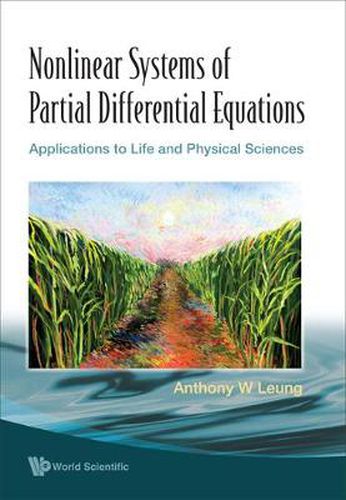Readings Newsletter
Become a Readings Member to make your shopping experience even easier.
Sign in or sign up for free!
You’re not far away from qualifying for FREE standard shipping within Australia
You’ve qualified for FREE standard shipping within Australia
The cart is loading…






The book presents the theory of diffusion-reaction equations starting from the Volterra-Lotka systems developed in the eighties for Dirichlet boundary conditions. It uses the analysis of applicable systems of partial differential equations as a starting point for studying upper-lower solutions, bifurcation, degree theory and other nonlinear methods. It also illustrates the use of semigroup, stability theorems and W2ptheory. Introductory explanations are included in the appendices for non-expert readers.The first chapter covers a wide range of steady-state and stability results involving prey-predator, competing and cooperating species under strong or weak interactions. Many diagrams are included to easily understand the description of the range of parameters for coexistence. The book provides a comprehensive presentation of topics developed by numerous researchers. Large complex systems are introduced for modern research in ecology, medicine and engineering.Chapter 3 combines the theories of earlier chapters with the optimal control of systems involving resource management and fission reactors. This is the first book to present such topics at research level. Chapter 4 considers persistence, cross-diffusion, and boundary induced blow-up, etc. The book also covers traveling or systems of waves, coupled Navier-Stokes and Maxwell systems, and fluid equations of plasma display. These should be of interest to life and physical scientists.
$9.00 standard shipping within Australia
FREE standard shipping within Australia for orders over $100.00
Express & International shipping calculated at checkout
The book presents the theory of diffusion-reaction equations starting from the Volterra-Lotka systems developed in the eighties for Dirichlet boundary conditions. It uses the analysis of applicable systems of partial differential equations as a starting point for studying upper-lower solutions, bifurcation, degree theory and other nonlinear methods. It also illustrates the use of semigroup, stability theorems and W2ptheory. Introductory explanations are included in the appendices for non-expert readers.The first chapter covers a wide range of steady-state and stability results involving prey-predator, competing and cooperating species under strong or weak interactions. Many diagrams are included to easily understand the description of the range of parameters for coexistence. The book provides a comprehensive presentation of topics developed by numerous researchers. Large complex systems are introduced for modern research in ecology, medicine and engineering.Chapter 3 combines the theories of earlier chapters with the optimal control of systems involving resource management and fission reactors. This is the first book to present such topics at research level. Chapter 4 considers persistence, cross-diffusion, and boundary induced blow-up, etc. The book also covers traveling or systems of waves, coupled Navier-Stokes and Maxwell systems, and fluid equations of plasma display. These should be of interest to life and physical scientists.